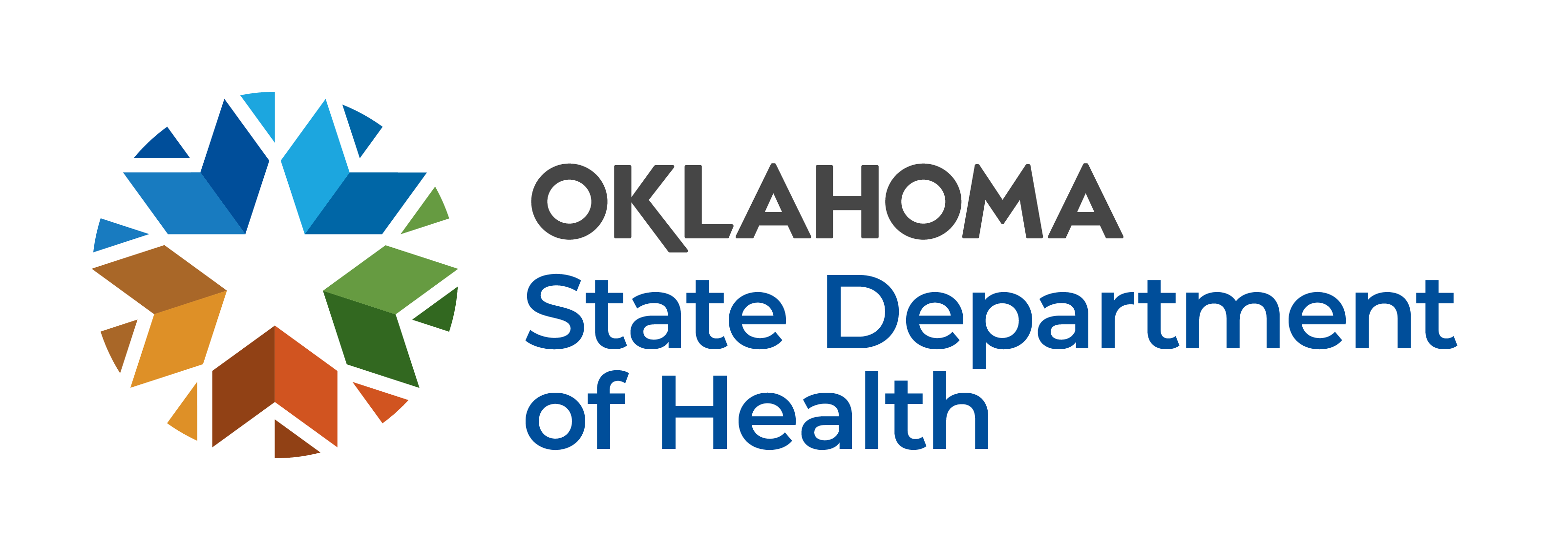Child Guidance SLPs perform speech-language screenings to briefly assess a child’s strengths and weaknesses in their speech/language development. A screening consists of informal observation and the use of screening tools to determine if a child’s communication abilities appear to be developing typically or if further evaluation is needed. Areas screened include, listening comprehension, language expression, speech sound production, vocal quality and speech fluency. The child’s hearing is also screened during the speech-language screening appointment.
The Newborn Born Hearing Screening (NBHS) is conducted at birth to identify children who may have a hearing loss and need further testing. There are two screening methods used; Otoacoustic Emissions (OAE) and Automated Auditory Brainstem Response (A-ABR). Both methods are quick and simple methods that don't require a behavioral response.
Otoacoustic emissions (OAE) screening measures sound waves produced in a child's inner ear. A tiny probe is placed just inside the ear canal, where it measures the ear's response (echo) when clicks or tones are played in the child's ears. This test can be used for newborns, but also works for older children. Children may be awake, but must be quiet and still.
The American Academy of Pediatrics (AAP) supports the newborn hearing screenings required in all 50 states. And because a child's hearing can change over time, we also recommend yearly hearing screenings for children aged 4 through 6, followed by additional screening at ages 8 and 10. Adolescents and teens should receive at least 3 hearing screenings to detect any changes that might affect language, academics and social well-being.
I can tell my baby hears me. Are tests really necessary?
You might wonder about the need for formal screening, since your infant may startle, blink or turn their head in response to different sounds. Many newborns react this way but still have trouble hearing well enough to learn spoken language. Because your child learns to speak by listening and processing what they hear, hearing concerns that go undetected can affect the early learning and language development that lays a foundation for success in school and life.
How do newborn & childhood hearing tests work?
Newborn hearing screening is pain-free and takes around 5 to 10 minutes to complete. The screening may be done while your baby is sleeping or lying still.
What if my newborn's hearing screen raises concerns?
If your baby's screening test falls outside the typical range, a repeat screen may be recommended. If the repeat screen shows concerns, follow-up testing with a hearing professional should be done as soon as possible—but no later than 3 months of age.
If my newborn's hearing is fine, will they need to be screened later?
All children need routine hearing tests, since hearing can change significantly as kids grow.
Common causes of childhood hearing changes include:
The AAP recommends that all kids have hearing tests at ages 4, 5, 6, 8 and 10 years, with additional screenings between ages 11-14, 15-17 and 18-21. These screenings can diagnose hearing changes at the earliest possible stage, when interventions can have the greatest positive impact.
Keep in mind that hearing changes can be very gradual, making them hard to notice at first. Consistent screening helps assure that issues are not overlooked so your child receives the care and support that will help them thrive.
Hearing at home: signs to watch for in your child
Parents, caregivers and other family members are often the first to spot changes in a child's hearing. Even if your newborn's hearing screen shows no concerns, talk with your pediatrician if you notice that your child:
- Doesn't startle at loud noises
- Doesn't turn toward sounds
- Is slow to begin talking or is hard to understand
- Can't say single words such as "dada" or "mama" by 12 to 15 months
- Is slow to sit or walk without support
- Has trouble holding their head steady
- Doesn't notice you until they see you
- Focuses on vibrating noises more than other sounds
- Shows no enjoyment or pleasure when you read to them
- Doesn't always respond when called, especially from another room
- Appears to hear some sounds, but misses others
- Wants music or TV volume on louder than other family members
Source
American Academy of Pediatrics (Copyright @ 2023)
The information contained on this Web site should not be used as a substitute for the medical care and advice of your pediatrician. There may be variations in treatment that your pediatrician may recommend based on individual facts and circumstances.


